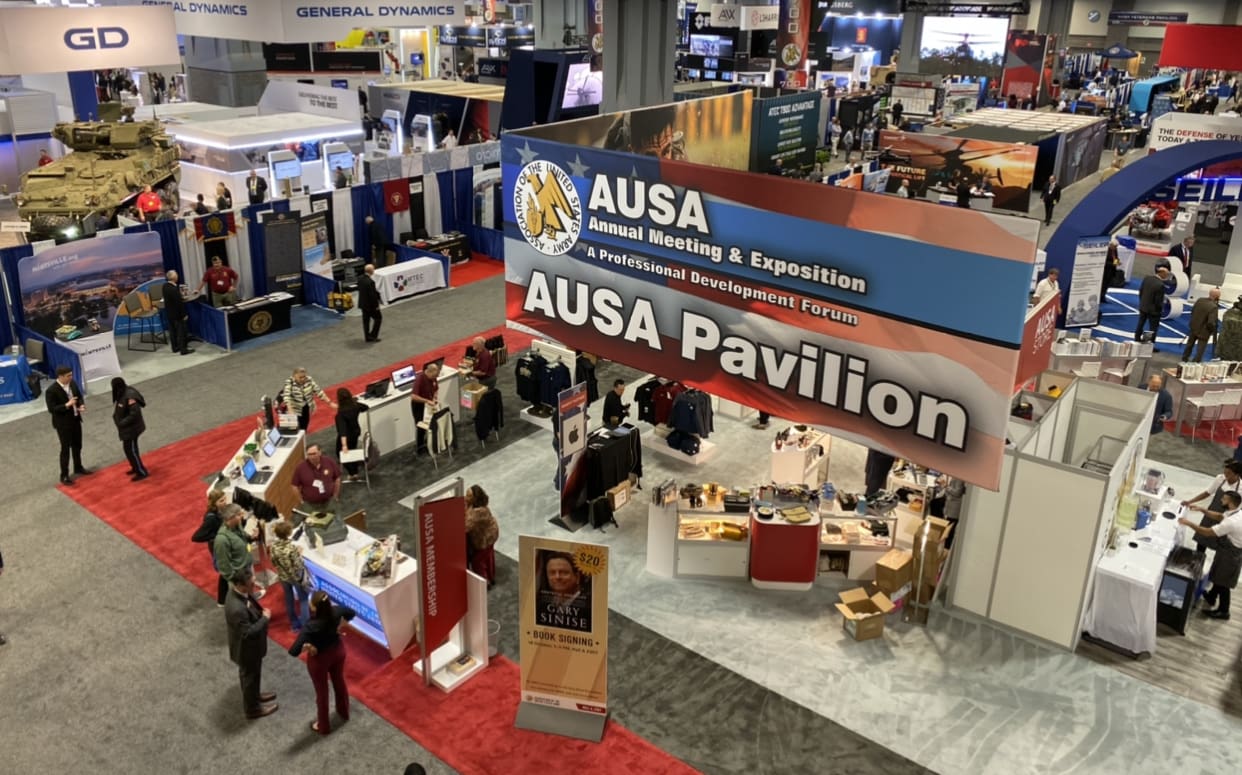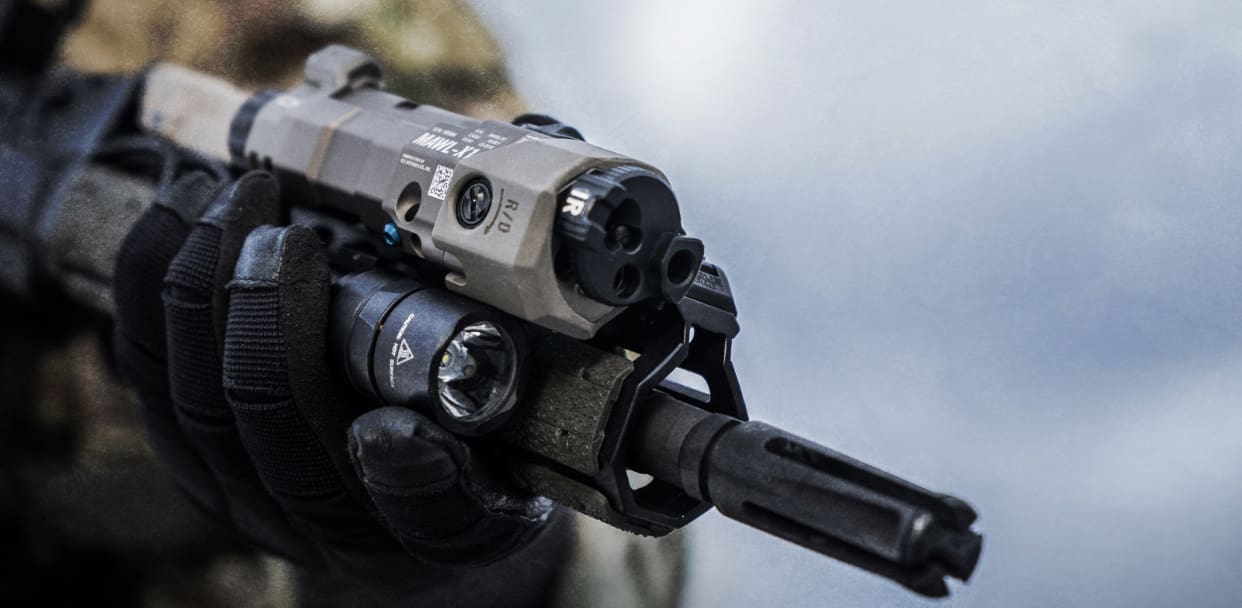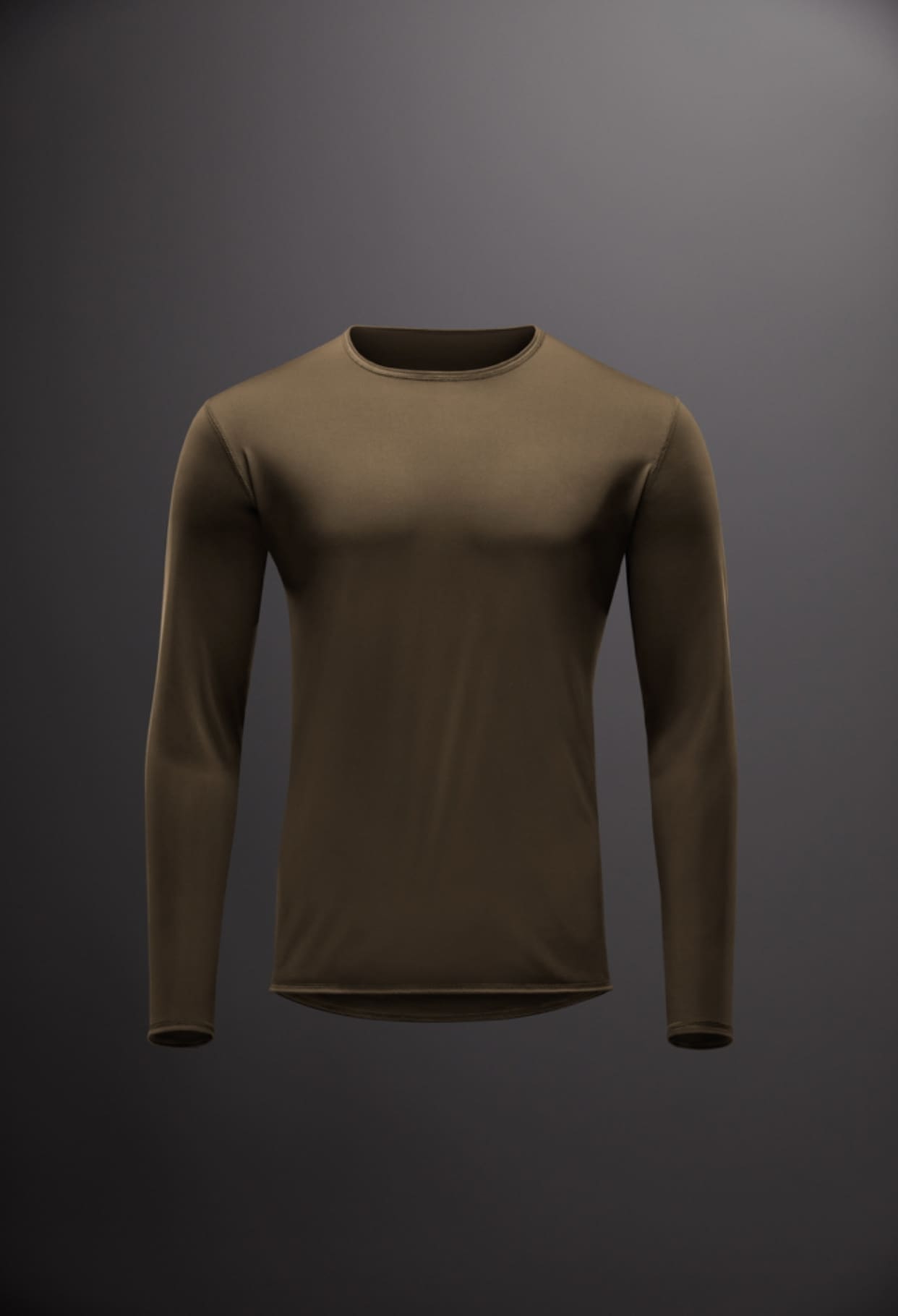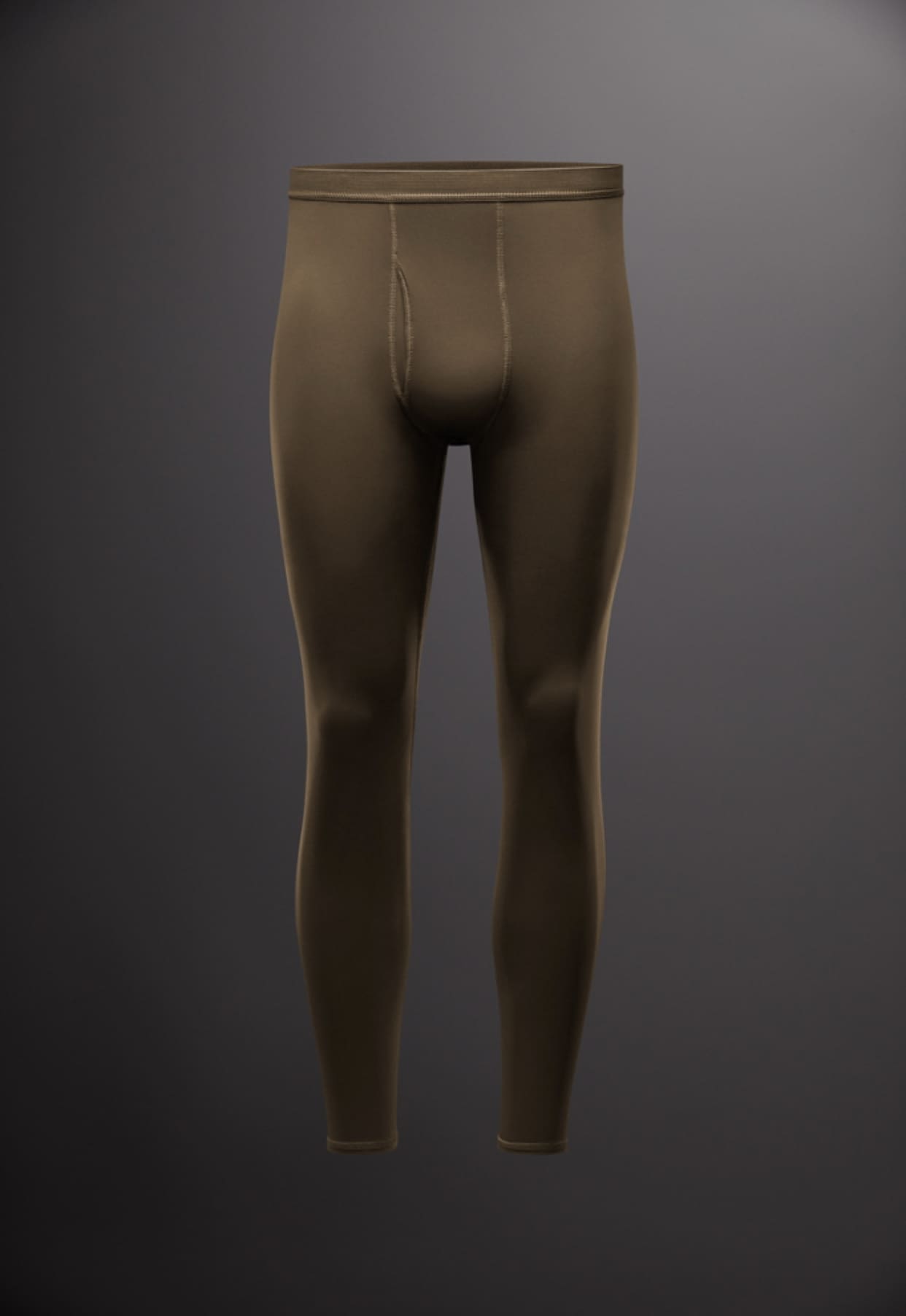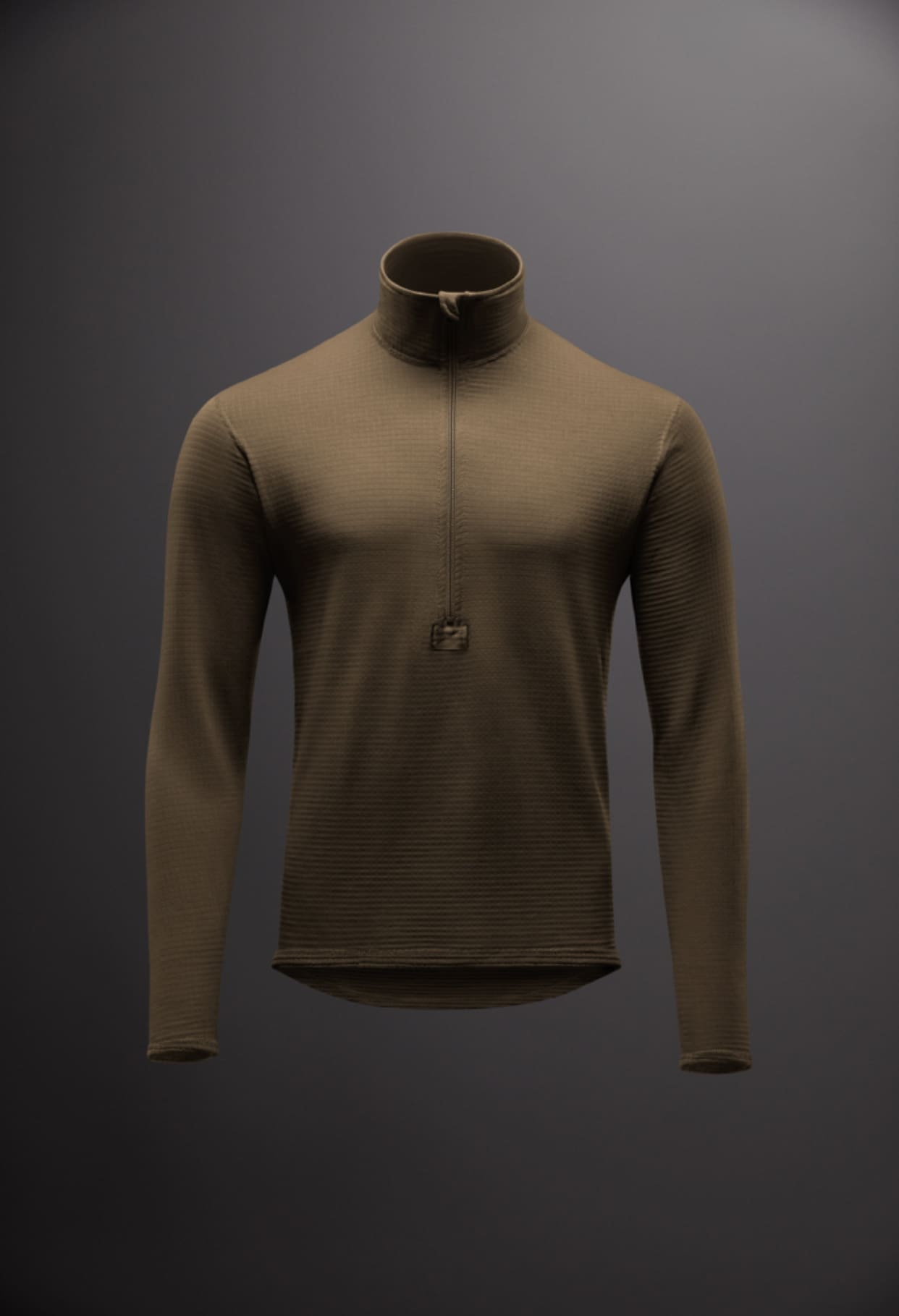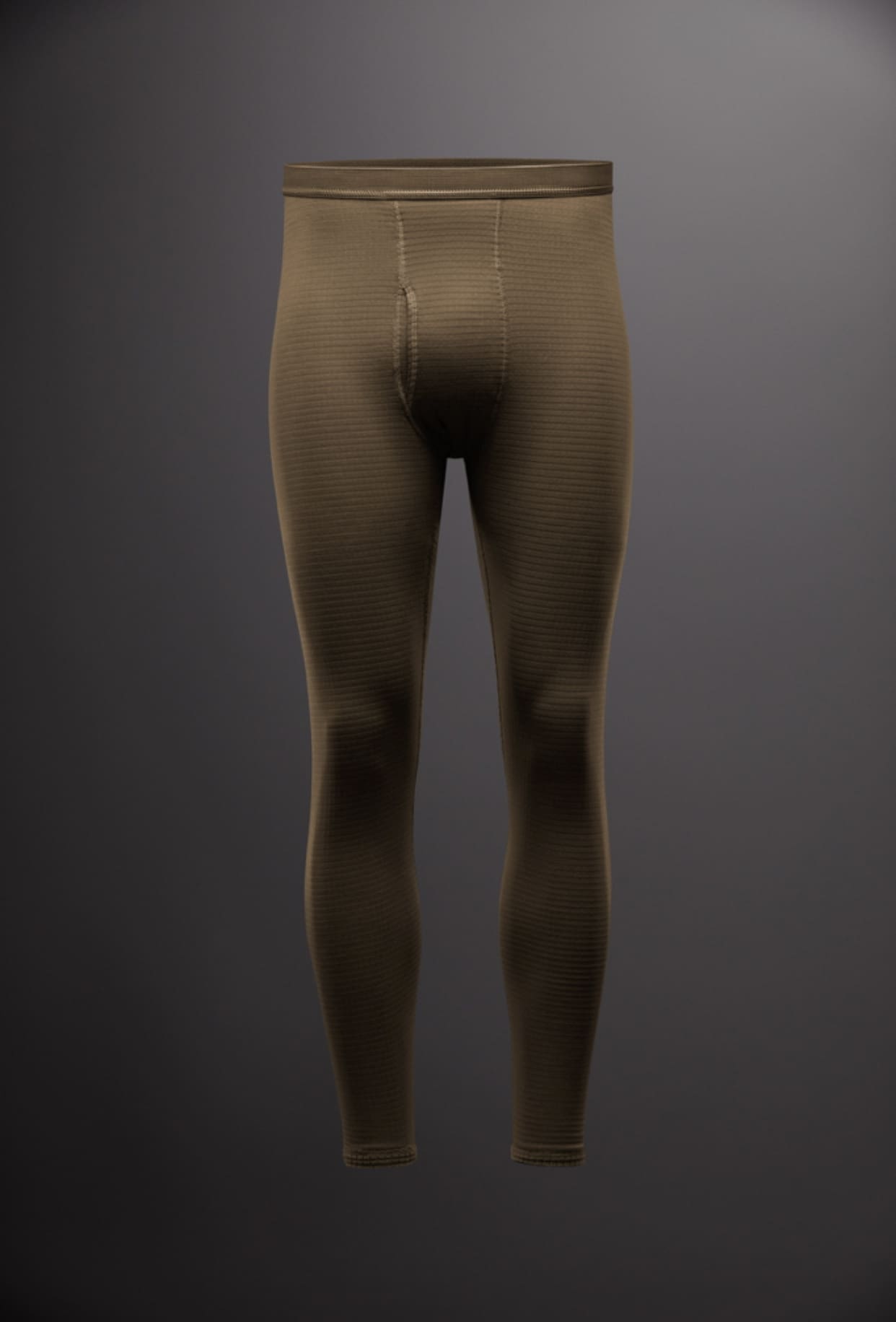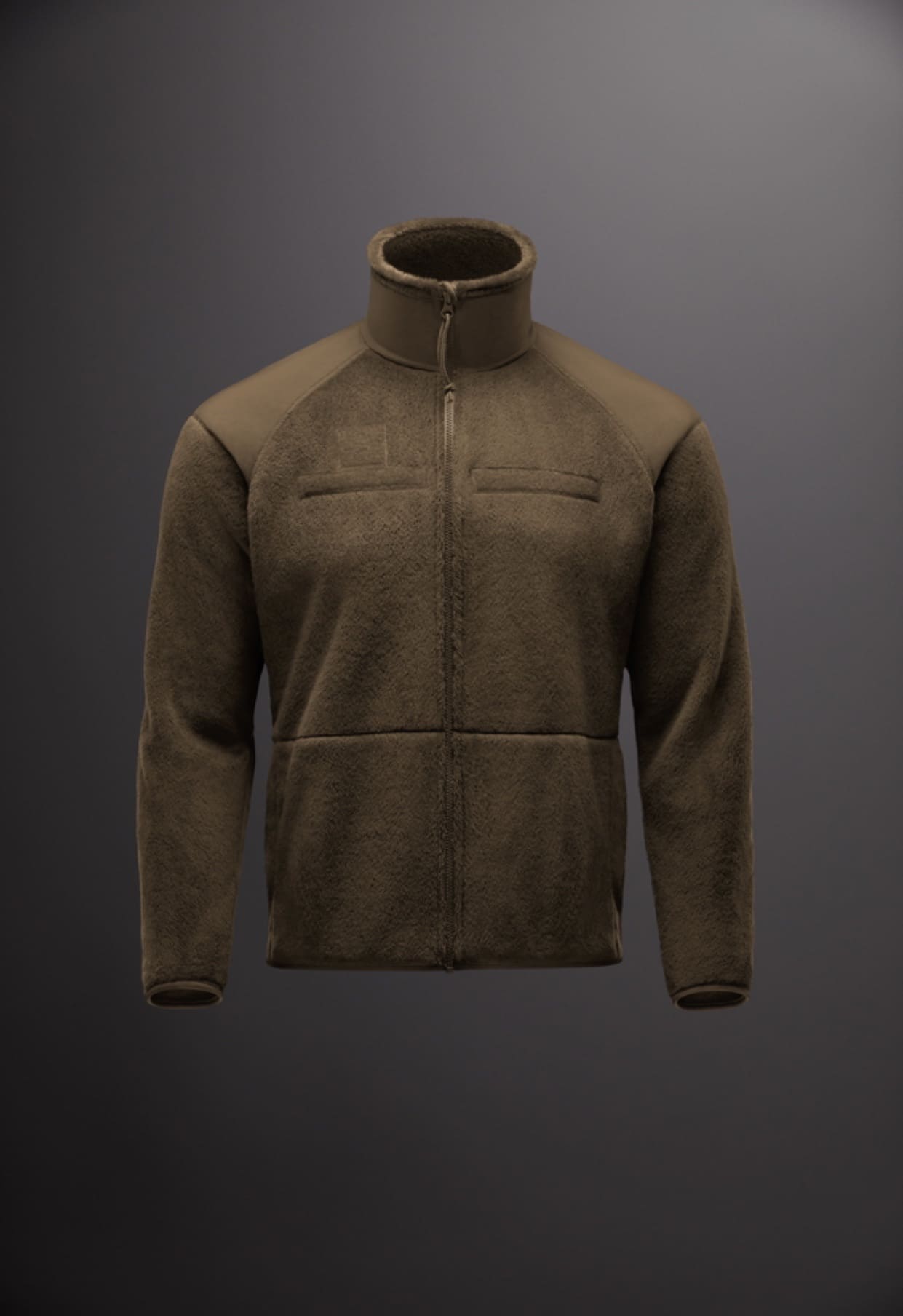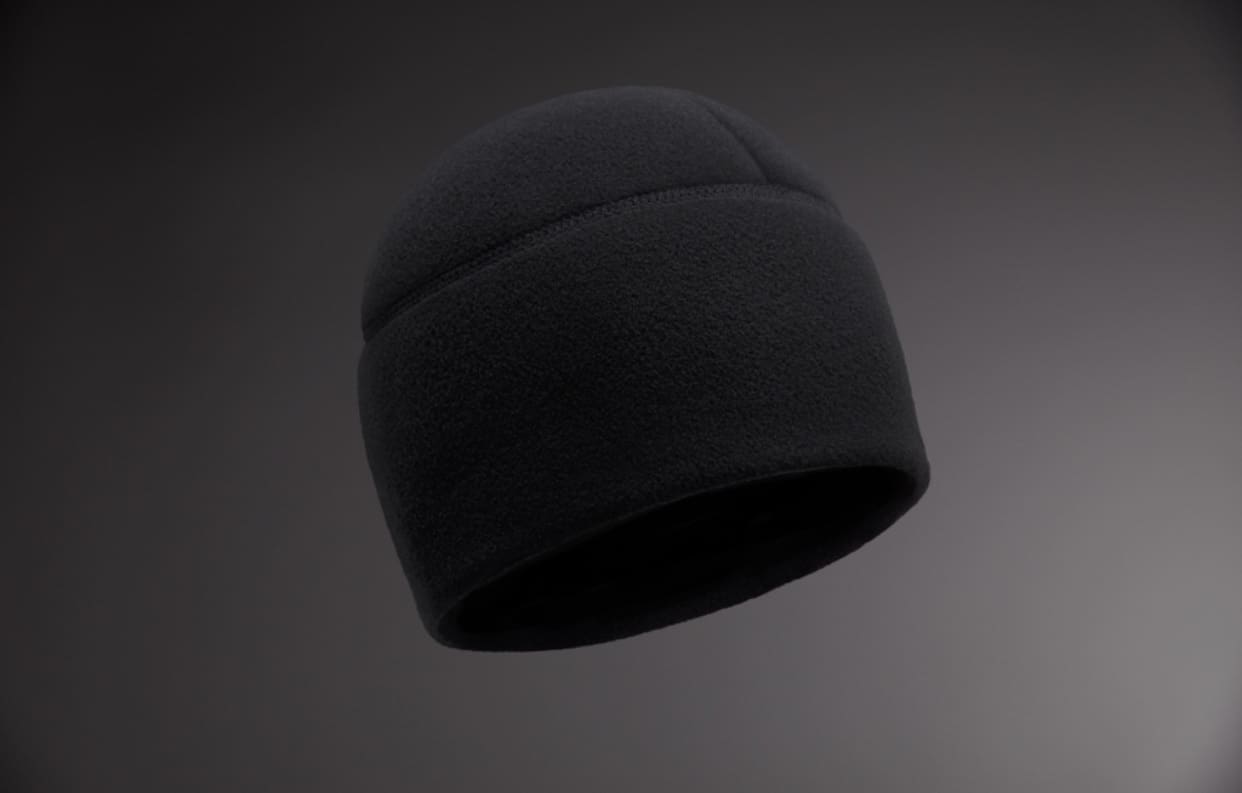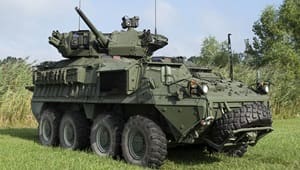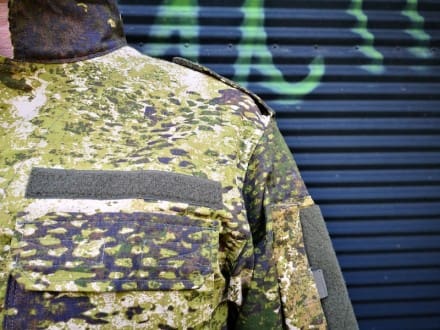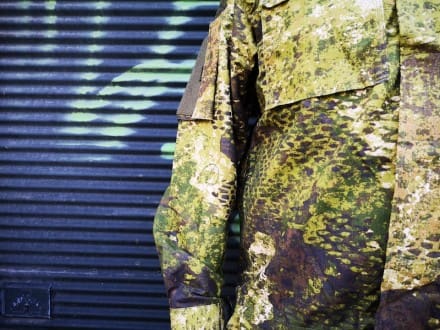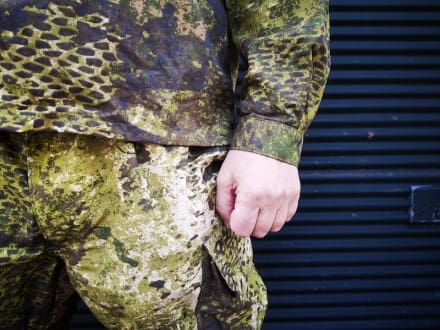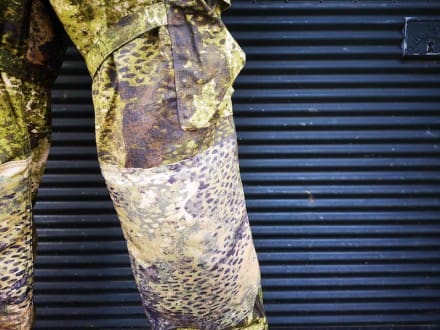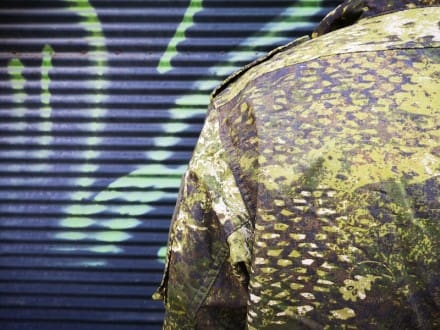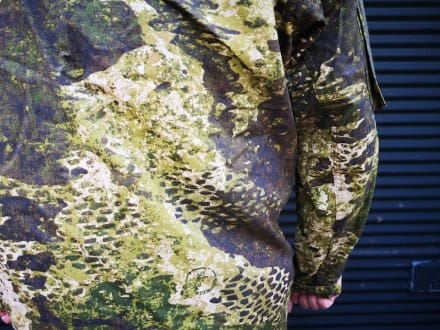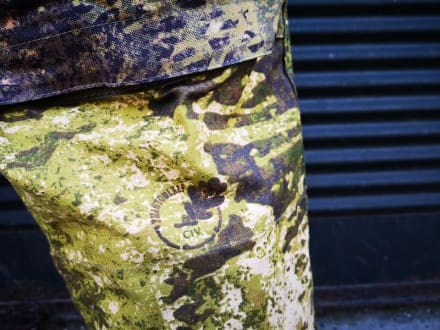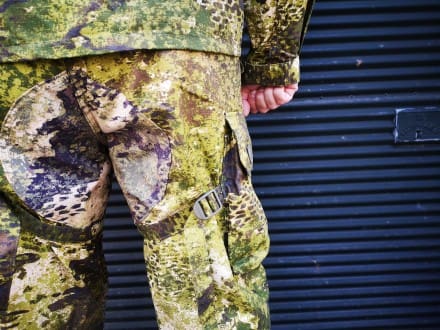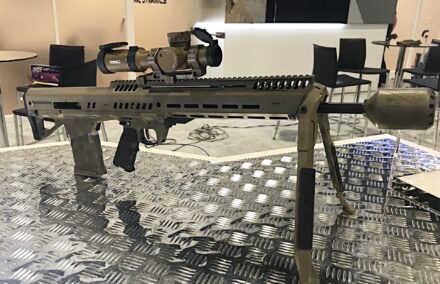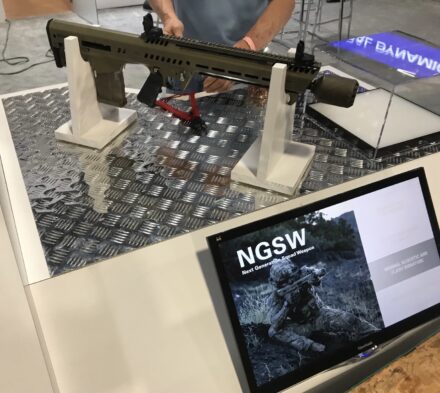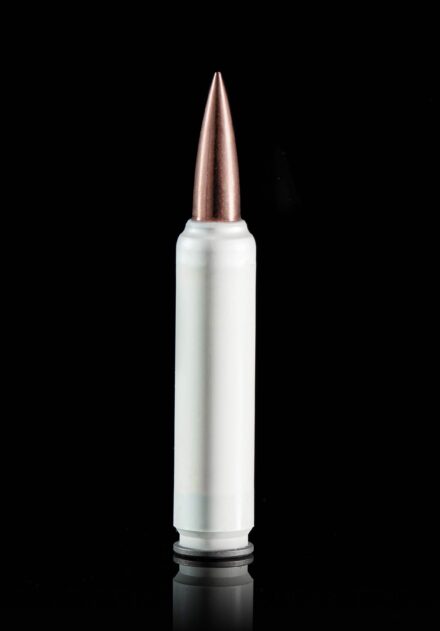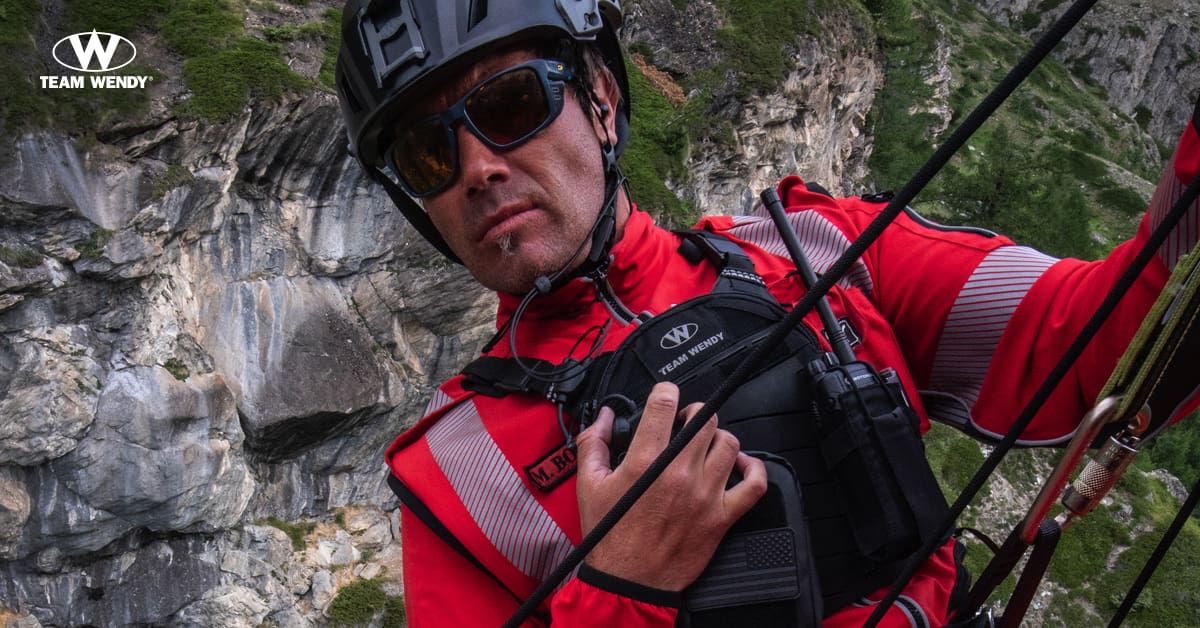
The chest harness is a first for the Cleveland-based company, a leading provider of exceptional head protection systems worn by thousands across military, law enforcement, search and rescue (SAR), and adventure communities.
“We strive to provide our clients with optimal solutions by identifying gaps and filling unmet needs in the market,” said Team Wendy CEO Jose Rizo-Patron. “Through our ongoing engagement with several domestic and international SAR communities, it was clear to us that they needed a comfortable, purpose-built communications rig that includes a better approach for cable management. Our Radio Rig also serves as a complimentary solution to our widely fielded EXFIL® SAR helmets.”
The skillfully crafted harness offers an abundance of compartmentalization without compromising mobility. It comes with an assortment of three pouch sizes (small, medium, large) to accommodate any size radio or GPS. It features a separate weather-resistant zippered accessory pouch to protect a cell phone or other electronic equipment from the elements.
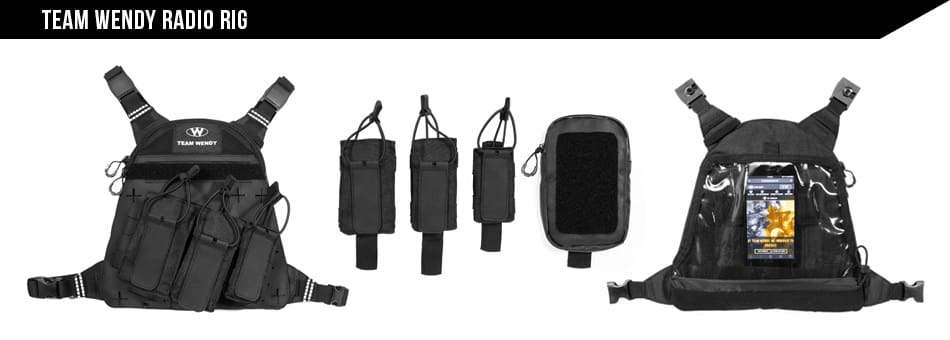
PALS webbing on the front provides a modular attachment system for the included pouches, as well as any other MOLLE / PALS compatible holsters, bags, etc. Fidlock® magnetic buckles allow for the front section to fold forward providing access to the backside of the front panel, which features a clear touch-screen compatible pocket for electronic devices (phones or tablets), maps, notes, etc.
The front panel features an interior zipper pouch, including two pockets:
· One pocket is dedicated to cable management with six separate pass throughs for cables to enter from the exterior and be stored inside.
· The second pocket is for organization, including some webbing to help secure pens, flashlights and multi-tools.
Low-profile rear panel and straps allow for use with other backpacks if needed. That panel has loop for mounting ID patches and PALS webbing for securing any other small pouches.
“This rig was designed with explicit input from the communities we serve,” said Rizo-Patron. “They told us what was missing from the chest rig market and our engineers went to work.”
The Team Wendy Radio Rig retails for $134.95 and is now available for purchase on TeamWendy.com, through authorized Team Wendy dealers, and will be available on Amazon.com in the coming weeks.
Team Wendy has also partnered with Silynx®, a leader in the communications industry, to offer a version of the CLARUS XPR in-ear communications system with a specific wiring configuration that serves as a sound complement to the new Radio Rig, as well as the EXFIL SAR helmet platform. The Silynx system, available for purchase through Team Wendy, consists of an in-ear headset, control box, dual comm splitter, and the option of a Smartphone adapter and one of four radio adapters compatible with 95 percent of radios on the market – including the Motorola APX.
Learn more at www.TeamWendy.com.


